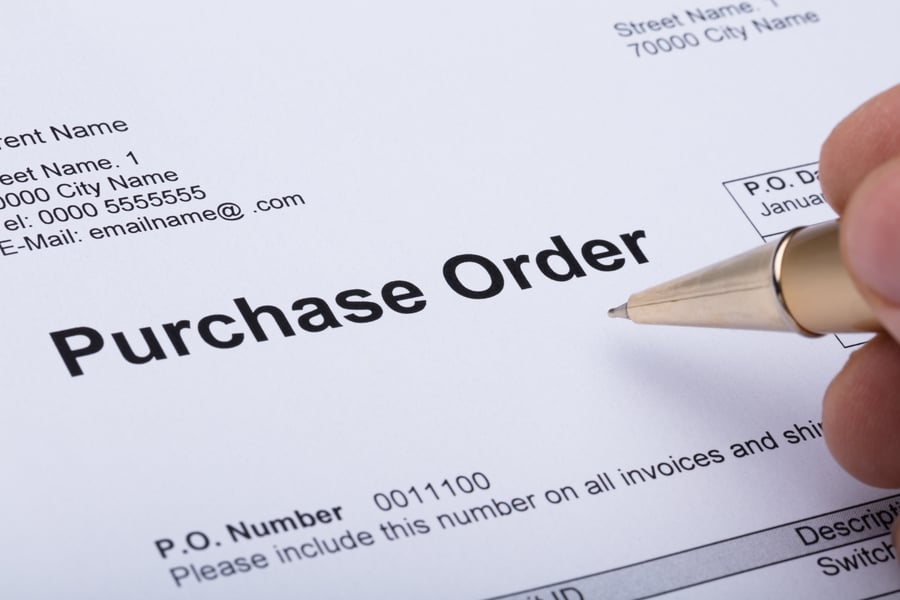There are a few reasons why more and more businesses are implementing a three-way matching process to safeguard their AP process. Let’s take a look at three compelling reasons why your business should introduce three-way matching.
Enhances vendor/supplier relationships: Verified data is extremely important to vendors and suppliers. If invoices are consistently inaccurate and full of mistakes, then your suppliers may lose confidence in you and decide to no longer do business with you.
Improves your bottom line: Three-way matching can have a positive impact on your bottom line. Verifying data can safeguard your business against paying fraudulent invoices, paying twice, overpaying, damaged or missing shipments and more.
Makes audits easier: Having access to better data can be helpful for auditors identifying any inconsistencies in your finances. Three-way matching makes your business better prepared for audits as you have a detailed record of all invoices, order receipts, and purchase orders.
Technology can also help with audits when it comes to the accounts receivable process too, as Creditsafe’s Enhanced Customer Due Diligence can make sure you’re doing business with confidence. You can carry out a risk assessment on your customers in 3 clicks, and speed up the investigation time when deciding whether to take on a customer with a single search.


